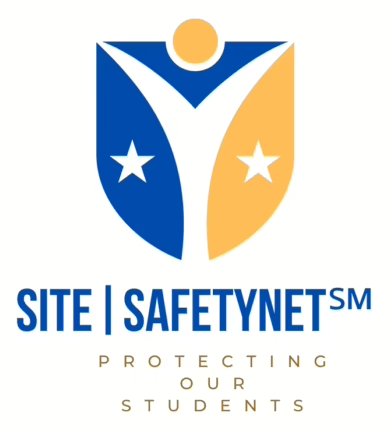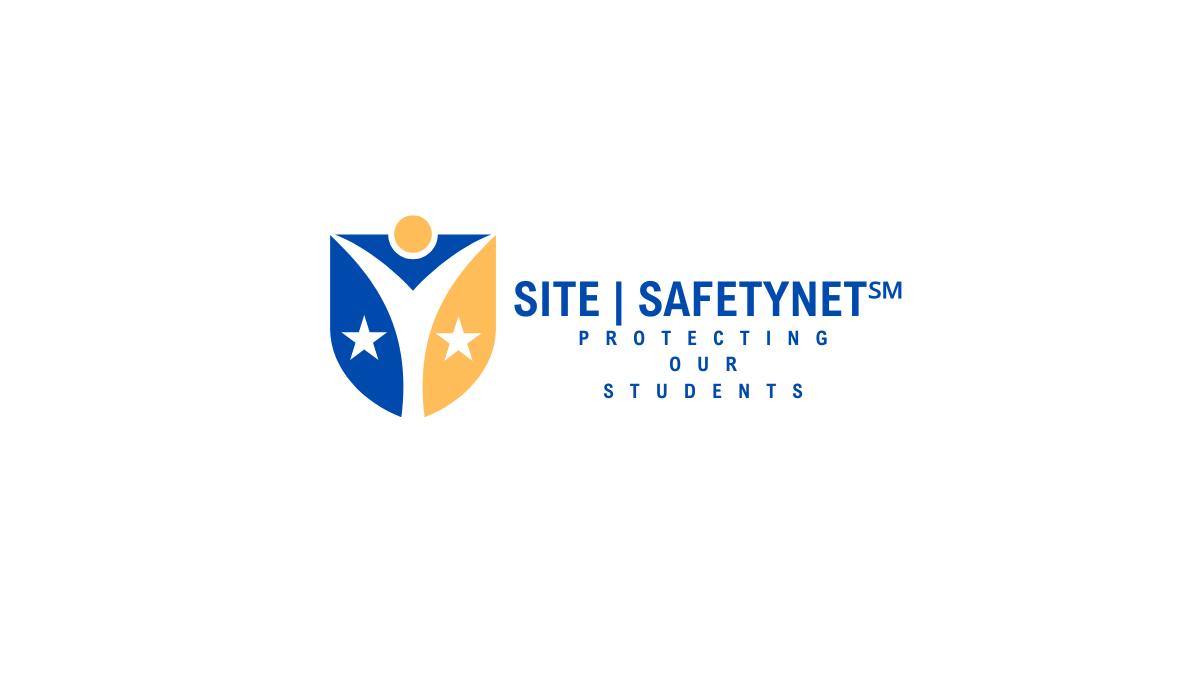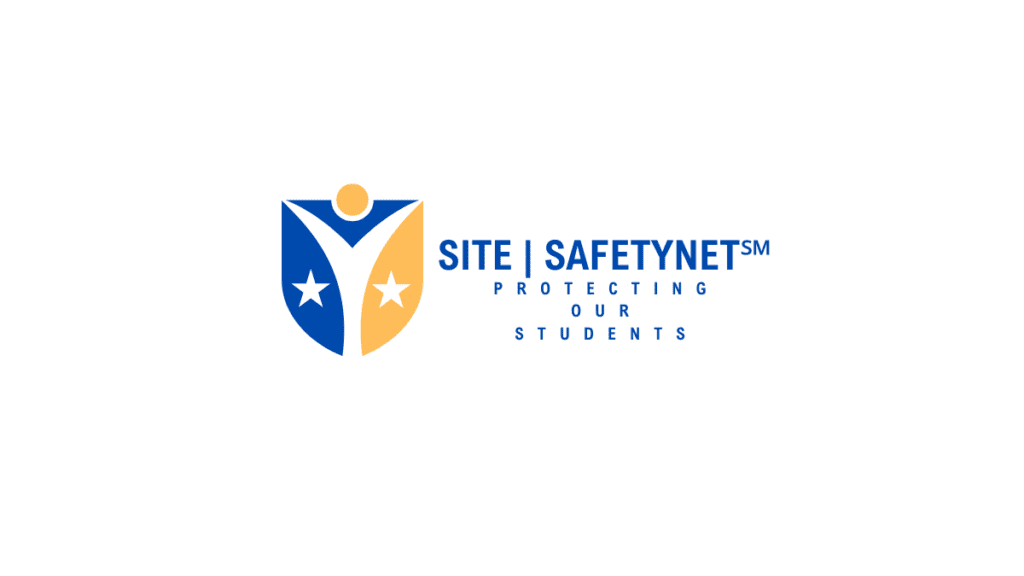 Introduction
Introduction
Report on Texas School Safety Assessments: TxSSC and TEA “Sentinel” Systems. This report provides a comprehensive analysis of the Texas School Safety Center (TxSSC) Safety Assessments and the Texas Education Agency (TEA) “Sentinel” system. It aims to clarify the distinctions between these two critical elements, explore their unique roles in Texas school safety, and highlight how SITE|SAFETYNET℠ and its founder, Robert Jordan—listed as a vetted consultant on the TxSSC registry—support schools in effectively utilizing both platforms.
TxSSC Safety Assessment: A Well-Defined Framework
Purpose and Scope: The TxSSC mandates a thorough safety and security audit every three years for all public schools and open-enrollment charter schools in Texas. This audit evaluates physical security, emergency preparedness, and safety protocols to protect students and staff. The TxSSC provides an organized, detailed website where districts and schools can access essential resources, including a registry of pre-qualified consultants, such as SITE|SAFETYNET℠, to assist in conducting these audits.
Resources and Tools:
- Audit Toolkit: The TxSSC offers a comprehensive toolkit with detailed checklists, templates, and guidance to aid schools in performing thorough safety assessments.
- Online Reporting: TxSSC provides a secure platform for submitting and reviewing audit reports, ensuring transparency and accountability.
This structured approach empowers schools to meet state safety requirements effectively and maintain high-security standards.
TEA “Sentinel” System: A Storage Solution for Safety Data
Purpose and Scope: The TEA’s Sentinel system, as described by John Scott, Chief of School Safety and Security, is a centralized digital repository designed for Texas school districts to securely store and manage essential safety-related documents, reports, and emergency plans. This system provides a single, accessible location for schools to maintain critical safety information, streamlining data management and ensuring easy retrieval during audits, inspections, or emergencies. While Sentinel primarily serves as a data storage solution, it is crucial in organizing and safeguarding existing safety data.
The Texas Education Agency (TEA) mandates that every public school district in Texas must conduct a District Vulnerability Assessment (DVA) every four years. These assessments cover various aspects of school safety, including physical infrastructure, emergency preparedness, and procedural vulnerabilities. The data collected from these assessments, along with Behavioral Threat Assessments, are uploaded to the Sentinel system for centralized processing and sharing. This ensures uniform handling and management of safety data across the state. Sentinel, which evolved from the Intruder Detection Audit Dashboard, now serves as the platform for conducting and managing these critical safety assessments, supporting the overall safety strategy for Texas schools.
Enhancing its Functionality: While the Sentinel system effectively centralizes safety data storage, there is potential to improve its functionality further. The system currently contains and tracks all statutory requirements, including associated guidance, and is supported by a full team to help schools use the product effectively and with fidelity. Enhancing these features, offering clear guidance, and support from professional safety assessment organizations—like the TxSSC registry consultant partners—could help schools integrate Sentinel more seamlessly into their overall safety strategies. This collaboration would streamline safety efforts, making it easier for schools to use the Sentinel system effectively.
The Role of SITE|SAFETYNET℠: Bridging the Gap
SITE|SAFETYNET℠, as a vetted consultant on the TxSSC registry, offers vital support for Texas schools by:
- Providing Clarity: Our platform complements the TxSSC and TEA systems, offering detailed safety assessment resources and tools that guide schools through safety audits and efficient data management.
- Filling the Gaps: By offering supplementary guidance, SITE|SAFETYNET℠ ensures that schools can meet TxSSC requirements while effectively utilizing the Sentinel system for storing and retrieving critical safety documents.
- Enhancing Compliance: We provide continuous support, helping schools maintain compliance with state mandates and improve their safety protocols throughout the year.
Conclusion: The TEA Sentinel system is a valuable tool for document storage, offering schools a centralized solution for managing safety-related data. However, enhancing its functionality with more straightforward guidelines for safety partners could play an even more integral role in school safety strategies. Complementing the strengths of the TxSSC, SITE|SAFETYNET℠ is well-positioned to assist schools in navigating both systems, ensuring comprehensive compliance and improved safety outcomes across Texas. Overview HERE
We look forward to collaborating further with Texas districts and schools to optimize the use of these safety platforms.

 Introduction
Introduction